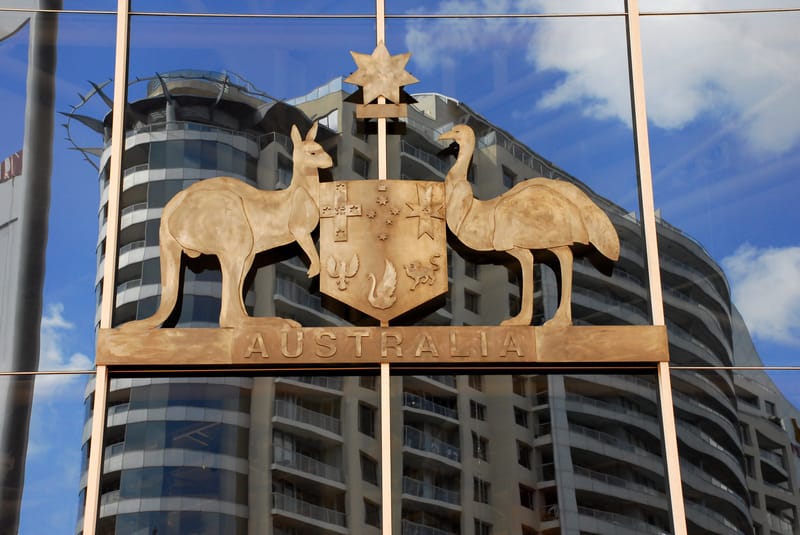
The High Court of Australia handed down a judgment on April 10 that upheld Tasmanian and Victorian laws that created “safe access zones” around abortion clinics. The court ruled the laws are constitutionally valid.
Safe access zones prevent anti-abortionists from targeting patients, staff and others within a specific radius of abortion clinics. They protect the privacy, safety and dignity of women accessing health care. Safe access zones now operate in all Australian jurisdictions, except South Australia and Western Australia.
Read more: Explainer: what are abortion clinic safe-access zones and where do they exist in Australia?
The current case stemmed from two appeals to the Victorian and Tasmanian laws. The challenge to the Victorian law was brought by Kathleen Clubb, who approached a couple within the safe access zone and tried to hand them an anti-abortion leaflet. She was found guilty of engaging in communication about abortion reasonably likely to cause distress or anxiety within the safe access zone.
The challenge to the Tasmanian law was brought by John Preston, who was found guilty of engaging in a protest about abortion within the safe access zone by displaying anti-abortion placards, one of which depicted a foetus.
Clubb and Preston both argued that the law was invalid because it impermissibly burdened the freedom of communication on governmental and political matters that is implied in the constitution.
The High Court unanimously rejected both appeals
All judges agreed that the purpose of the laws – to protect women’s rights to health, safety, privacy and dignity when accessing abortion services – was a compelling objective that was compatible with the Constitution.
In relation to the Victorian law, the judges found that it had not been established in the Magistrates’ Court that Clubb’s actions were political in nature. Nevertheless, four of the seven justices held that any restriction on political communication in the Victorian law was constitutionally valid.
All judges agreed that Preston’s conduct was political communication, and found that the Tasmanian law was valid.
The judges unanimously affirmed the importance of the laws. Justice Nettle, for example, said that:
women seeking an abortion […] are entitled to do so safely, privately and with dignity, without haranguing or molestation.
Chief Justice Kiefel and Justices Bell and Keane delivered a joint judgment, which noted that the aim of safe access zone legislation was to protect the right of women to access abortion clinics, rather to punish those who interfere with women seeking abortions.
Read more: High Court case: do anti-abortion protest laws limit free speech?
Restriction on political communication
The judges had differing opinions about how much the laws restricted political communication. Four judges (Chief Justice Kiefel and Justices Bell, Keane and Gordon) found that the burden was “slight”, “minimal” or “insubstantial”.
The law regulated only the time, place and manner of the conduct. People could engage in the same conduct at other times and places.
Although three judges (Justices Gageler, Nettle and Edelman) thought that the law’s impact on political communication was significant, these judges agreed that the importance of the law outweighed its impact on political communication.
Laws creating safe access zones are valid
Six of the seven High Court judges now use a technique called “proportionality analysis” to determine whether a law that limits political communication is valid.
Briefly, this approach requires judges to determine:
- whether the law is rationally connected to its objective
- whether there are any “obvious and compelling” alternative ways of drafting the law that restrict political communication to a lesser extent
- whether the law adequately balances the competing interests at stake.
One factor that the judges considered was the size of the safe access zone, which both laws set at a 150 metre radius.
Justice Edelman, for example, decided that a smaller zone would not be as effective. Justice Edelman said it was not the court’s role to decide whether, for example, the zone should have a radius of 130 or 120 metres. Rather, this was a decision for the “parliament as advised by stakeholders, experts, and committees”.
Some of the judges observed that the Victorian law restricted political communication to a lesser extent than the Tasmanian law, in the sense that the conduct needed to be “reasonably likely to cause distress and anxiety”. But the judges decided this did not mean that the Tasmanian law was unconstitutional.
In this respect, the judgments recognise policy choices like these are for parliament to make, and not the courts.
Read more: Who chooses abortion? More women than you might think
The High Court has unanimously affirmed that safe access zones comply with the Constitution. The decision makes it clear that the freedom of political communication is not a license to infringe womens’ rights to access lawful medical services with safety, privacy and dignity.
The Court’s decision should reassure the South Australian and Western Australian governments that there is no constitutional impediment to enacting safe access zone legislation. We hope that 2019 will mark the end of the long history of harassment of women accessing abortion services.

This article originally appeared on The Conversation.





